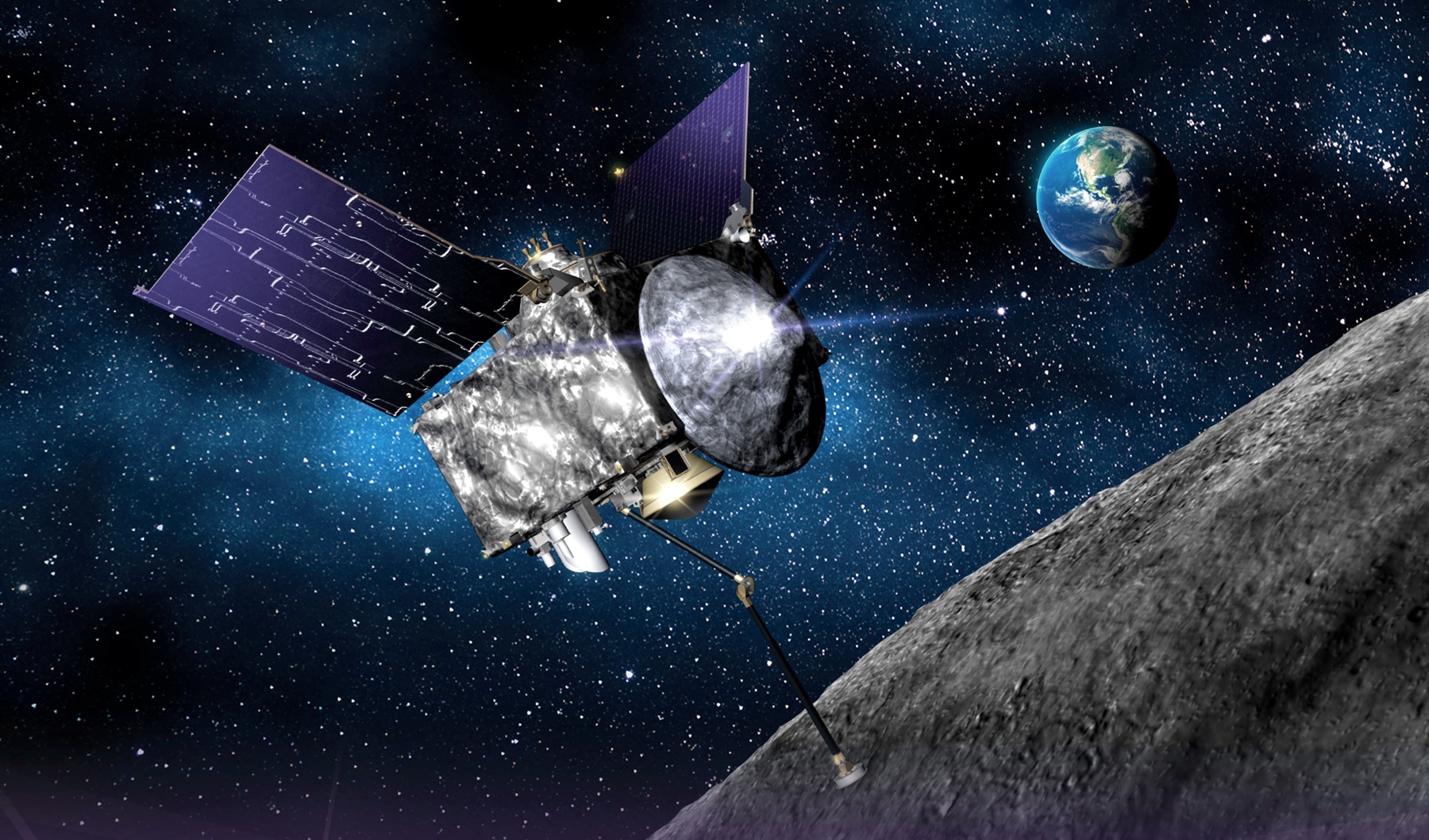The surface of the asteroid that NASA's OSIRIS-REx probe landed on was like a "plastic ball pit"

NASA's OSIRIS-REx spacecraft recently "tagged" 101955 Bennu to collect a regolith sample from the asteroid's surface, making history when it happened two years ago. While the mission will not return to Earth until late 2019, NASA released updated information about the object. The agency revealed this week (via Mashable) that had OSIRIS-REx not utilized its thrusters as soon as it touched the asteroid's surface, it would have sunk into Bennu.
"It turns out that the particles making up Bennu’s exterior are so loosely packed and lightly bound to each other that if a person were to step onto Bennu they would feel very little resistance, as if stepping into a pit of plastic balls that are popular play areas for kids," NASA said.
OSIRIS-REx's landing on Bennu, according to the Guardian, "drew gasps of astonishment from scientists around the world" in part because its surface is said to be covered in sand. The anticipated terrain was smooth and sandy, not rocky. After a brief greeting with the asteroid, the spacecraft departed a 26-foot (8-meter) deep depression after landing on Bennu. In lab tests, planetary retrieval techniques produced just a little divot.”
Researchers at the University of Arizona used force sensors to analyze data from the spacecraft and discovered it encountered the same amount of resistance as a person on Earth would when pressing down on a French press coffee carafe's plunger. "We were plunging into the asteroid even after we fired our thrusters to leave the surface," said Ron Ballouz, a member of OSIRIS-REx's scientific team.
According to NASA, its findings on Bennu may aid scientists in better interpreting remote observations of other asteroids. As a result, the organization may be able to develop future asteroid missions more effectively. “I believe we're still at the beginning of understanding what these things are because they behave in very odd ways," said OSIRIS-REx team member Patrick Michel.
Source: www.engadget.com